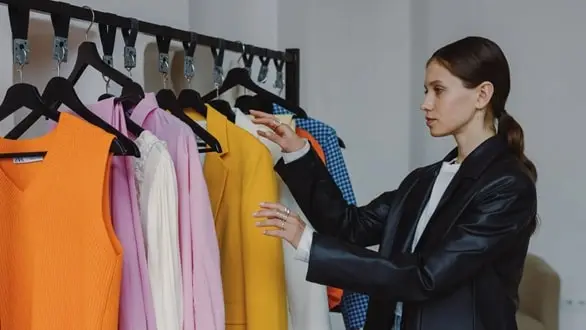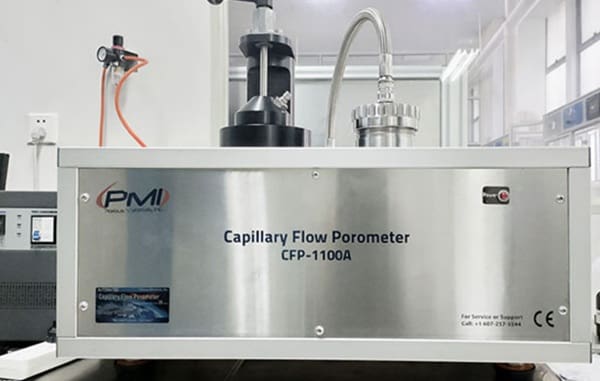Getting dressed is a daily task most people take for granted. But for millions of individuals with limited mobility or dexterity—such as seniors, stroke survivors, or people with disabilities—something as simple as fastening a button or tying a shoelace can be time-consuming and frustrating. Adaptive clothing has transformed this experience by prioritizing accessibility, independence, and dignity. And at the center of many of these designs is one unassuming hero: Velcro. With products like velcro tape, adaptive clothing designers have created garments that open, close, and adjust easily, providing both comfort and confidence.

How Velcro Revolutionized Everyday Clothing
When Velcro first entered the market in the mid-20th century, it was considered a novelty. Today, it’s an essential part of daily life—from sneakers to cable ties—but its true impact shines in adaptive clothing. By replacing tiny buttons, zippers, or hooks that require fine motor control, Velcro offers a smooth, effortless way to secure clothing. The simple press-and-pull mechanism gives users control without requiring grip strength or finger precision.
For example, a shirt with hidden Velcro fastenings can look completely standard from the outside while allowing someone to dress independently, even with limited hand movement. Similarly, shoes that close with Velcro straps instead of laces remove the challenge of bending or tying, which can be difficult for those with arthritis or other joint conditions. This level of accessibility has redefined not just how people dress, but how they feel about dressing.
Promoting Independence and Dignity
Adaptive clothing is not only about convenience—it’s about empowerment. For individuals who rely on caregivers, the ability to dress without assistance can restore a sense of autonomy. Velcro closures make that possible. Instead of struggling with small fasteners or needing extra help, wearers can manage their own clothes quickly and comfortably.
This independence extends beyond functionality. Clothing is a personal form of expression, and being able to choose and wear garments independently contributes to emotional well-being. For seniors in assisted living facilities, for instance, garments with Velcro openings can mean more privacy and less dependence on staff for daily tasks. According to the National Institute on Aging, maintaining independence in daily activities is closely tied to higher confidence and mental health among older adults.
Comfort Meets Practicality
Beyond accessibility, Velcro improves comfort and adaptability. Adjustable waistbands, cuffs, and straps allow garments to fit various body shapes and accommodate changing conditions, such as swelling or limited range of motion. Because Velcro can be applied in different lengths and shapes, designers can create clothing that adjusts seamlessly without looking clinical or restrictive.
In medical and rehabilitation settings, this flexibility is especially valuable. For example, hospital gowns or post-surgery garments often use Velcro to make dressing easier without disturbing sensitive areas. It also allows healthcare providers to access certain parts of the body quickly without removing the entire garment. This makes Velcro not just a tool for fashion, but also a vital component of healthcare design.
A Hidden Innovation in Style
One misconception about adaptive clothing is that it must look different from traditional apparel. However, modern designs integrate Velcro fasteners so discreetly that they’re nearly invisible. Hidden behind seams, under decorative buttons, or within fabric folds, Velcro closures preserve the appearance of everyday fashion. This thoughtful design approach means adaptive clothing users no longer have to sacrifice style for functionality.
Fashion brands have begun to embrace adaptive lines that incorporate Velcro into dresses, jackets, shoes, and accessories. The goal is simple: clothing that looks good, feels good, and works for everyone. The rise of inclusive design has encouraged mainstream retailers to recognize that accessibility benefits not only people with disabilities but anyone seeking ease and comfort.
Durability and Maintenance Advantages
Velcro’s long-lasting grip and reusability make it ideal for garments meant to be worn frequently. Unlike zippers that can jam or buttons that fall off, Velcro remains dependable through thousands of openings and closings. It’s also easy to clean—lint and fabric fibers can be brushed out to restore grip, and the material can withstand regular washing without losing functionality.
In institutional settings like hospitals or care homes, this durability translates to both cost-effectiveness and reliability. Fewer repairs mean longer-lasting clothing and reduced replacement costs. For home users, it means one less thing to worry about in their daily routine.
The Role of Velcro in Assistive Design
Adaptive clothing designers often collaborate with occupational therapists and healthcare professionals to create solutions tailored to specific needs. Velcro is a cornerstone of this work. For people recovering from strokes or living with conditions like multiple sclerosis, Parkinson’s disease, or cerebral palsy, even small improvements in usability make a big difference.
Some adaptive garments also integrate Velcro in innovative ways, such as in detachable sleeves for easy medical access, or pants that open along the sides for wheelchair users. These thoughtful touches help users maintain comfort without compromising mobility or self-sufficiency.
The importance of such design thinking is supported by organizations like the World Health Organization (WHO), which emphasizes inclusive design as a means of improving quality of life for people with disabilities. Velcro plays a crucial role in making that inclusivity possible.
Sustainability and the Future of Adaptive Fashion
As adaptive clothing continues to evolve, sustainability is becoming part of the conversation. Because Velcro can be reused, replaced, and recycled, it aligns well with eco-conscious fashion trends. Designers are experimenting with biodegradable and low-impact Velcro materials that maintain the same strength while reducing environmental footprint.
The future of adaptive fashion lies in integrating accessibility, aesthetics, and responsibility—and Velcro remains a foundational element of that progress. From children with developmental challenges to seniors seeking independence, its potential applications are limitless.
A Small Fastener With a Big Impact
Velcro may be a simple invention, but its role in adaptive clothing is profound. It bridges the gap between style and accessibility, turning an everyday task into an empowering experience. By allowing people to dress independently, comfortably, and confidently, it supports both physical ability and emotional well-being.
In the world of inclusive design, the smallest details often make the biggest difference—and Velcro proves that a little ingenuity can open doors, fasten possibilities, and help people live with greater ease every day.

